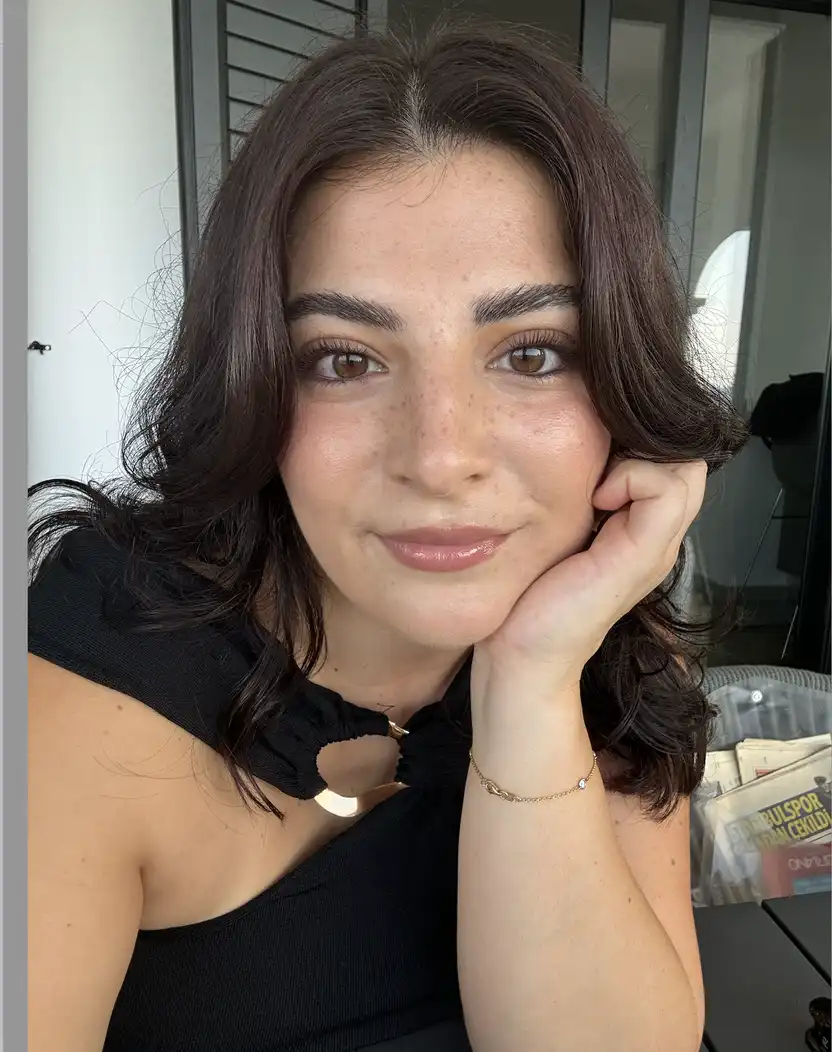What is Design Process?
The design process is a systematic series of steps that creatives and teams follow to achieve a focused and successful design outcome. This sequence often includes stages such as research, concept development, prototyping, and implementation. The design process is integral not only to ensuring that a project meets its objectives but also to facilitating effective communication and collaboration among team members. By following a clear and structured approach, designers can effectively merge functionality with aesthetics to create solutions that are both innovative and user-centric.
Key Takeaways
- The design process provides a structured framework for designers to develop creative solutions.
- Common stages include research, ideation, prototyping, testing, and implementation.
- It encourages collaboration and ensures alignment with project goals and user needs.
- An effective design process enhances creativity while minimizing errors and inefficiencies.
- Adaptable across various industries, it supports diverse projects—from product design to digital interfaces.
Stages of the Design Process
The design process typically unfolds in several key stages, each with its own objectives and outputs:
Research and Discovery
In this initial stage, designers gather pertinent information about the target audience, competitive landscape, and market trends. This stage aims to understand the problem statement and set clear objectives for the design project.
Concept Development
Once research is complete, designers engage in brainstorming sessions to generate multiple ideas. This divergent stage is followed by a convergent phase where the most promising ideas are refined and selected for further development.
Prototyping
Prototyping involves creating tangible iterations of the chosen design concepts. These prototypes range from low-fidelity wireframes to high-fidelity mockups, enabling stakeholders to visualize and interact with the designs before full-scale development.
Testing and Feedback
User testing is conducted to gain insights and feedback on the prototypes. This stage is crucial for identifying usability issues and gathering user insights, which inform necessary adjustments.
Implementation
The final design is meticulously developed and implemented, whether it’s a physical product or a digital interface. This stage ensures the design is functional, aligning with both client expectations and user needs.
The Role of Team Collaboration
Effective design processes are underpinned by strong team collaboration. In dynamic fields like design, diverse perspectives enrich the creative process. Cross-functional teams, including marketers, developers, and designers, work together to align objectives and maximize resource utilization, ensuring that the final output is holistic and impactful.
Tools and Techniques in the Design Process
A myriad of tools and techniques support the design process, from traditional sketching to digital platforms like Adobe XD, Figma, and Sketch. Utilizing these tools enhances efficiency and allows teams to iterate rapidly, fostering a fluid workflow from inception to execution. Design thinking methodologies, such as agile and lean design, also play a significant role in adapting the process to fast-paced environments.
The Bottom Line
The design process is an indispensable component of successful product and project development. By offering a structured approach, it fosters creative exploration while ensuring practical viability. For organizations—startups, digital agencies, or ecommerce brands—who harness the power of an effective design process, the result is not merely an aesthetically pleasing product but one that effectively meets user needs and market demands. Understanding and implementing a strategic design process thus becomes critical for achieving innovation, efficiency, and competitive advantage in today’s rapidly evolving business landscape.
















